Welcome to Spreewald! You’ve come here hunting for a travel guide brimming with things to do in one of Germany’s hidden gems. Perhaps you’ve glimpsed photos of winding waterways, lush forests, and villages connected by canals instead of roads. Maybe you’re curious about punting traditions, local pickles, or tranquil boat rides.
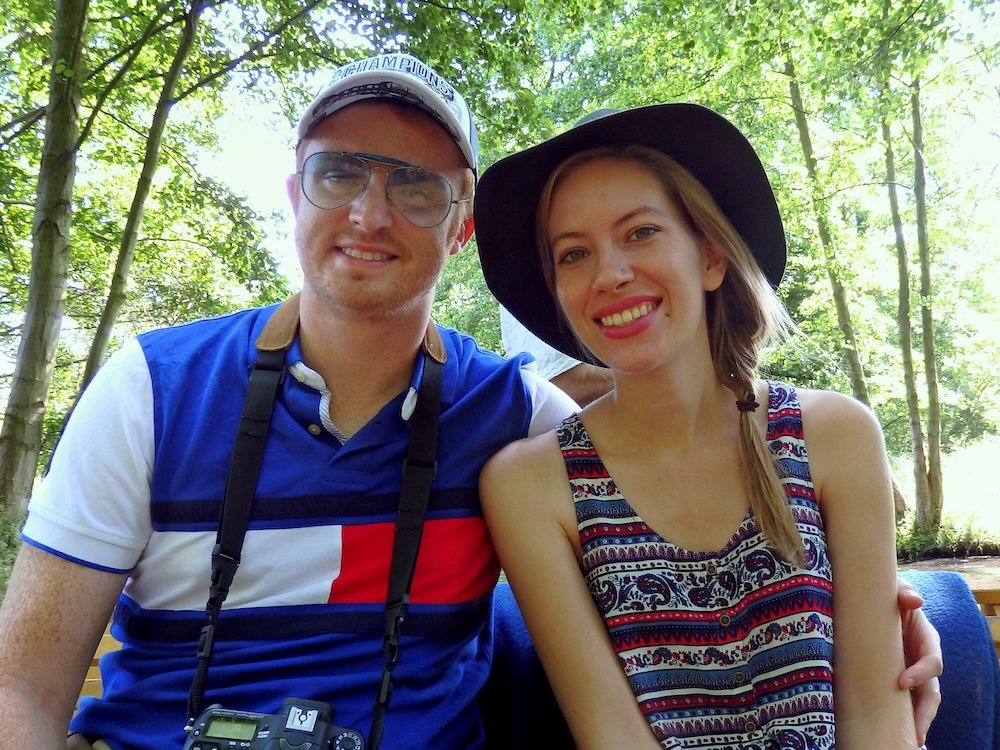
But yes, planning a Spreewald trip can feel tricky. The region’s unique nature-based attractions mean navigating a maze of streams and less conventional transport methods. If you’re a city person used to trains and easy signage, the slower pace here might be unfamiliar. Questions surface like: “Where do I stay?”, “How do I avoid tourist traps?”, and “Is language an issue?”. Don’t sweat it. We’ll address these pains, from picking the best punting tours to finding cozy local guesthouses.
Our Travel Video From Spreewald, Germany on Samuel and Audrey YouTube Channel: Nomadic Samuel + That Backpacker hosting
Why Spreewald?
This post suits couples chasing romantic getaways, families craving peaceful nature, and backpackers on a quest for off-the-beaten-path gems. If you only have a weekend or want to linger for a week, you’ll find ideas to fill your schedule. The region’s mellow vibe and scenic routes work for varied budgets and paces. Active travelers can kayak or bike, while laid-back souls can soak up spa sessions and breezy punting trips.
Our Travel Video Punting in Germany on Samuel and Audrey YouTube Channel: That Backpacker + Nomadic Samuel hosting
Picture us sitting by a calm canal, the breeze rustling leafy branches overhead. A local punter glides past, humming softly, while we clink glasses of crisp local beer. That’s the easygoing spirit Spreewald exudes. No fancy fluff, just friendly pointers. Ready? Let’s unravel the top things to do in this watery wonderland.
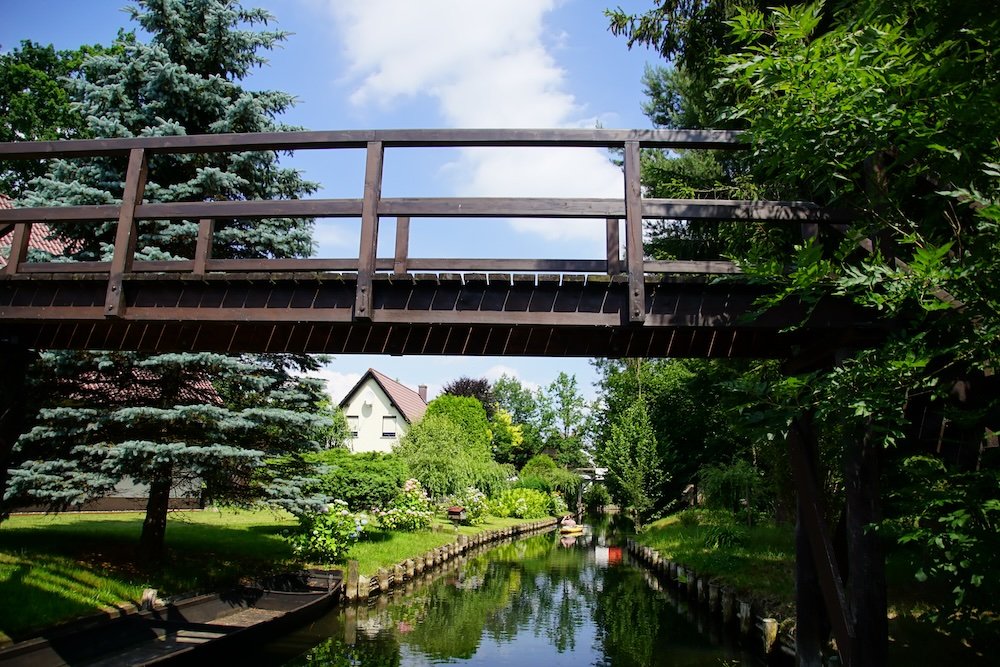
Top 10 Things To Do in Spreewald, Germany For Visitors
Below we have 10 recommended experiences. This curated lineup ensures you catch Spreewald’s highlights—whether you love heritage, nature, or local eats.
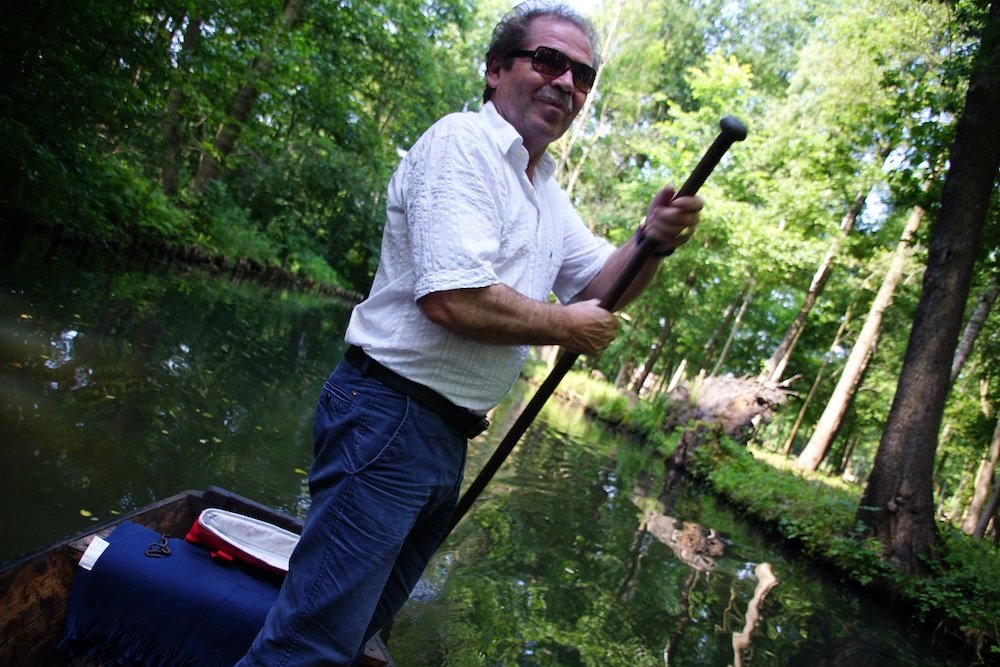
1) Punting Spreewald
Floating along the canals in a traditional wooden punt stands as the quintessential Spreewald experience. You glide gently, passing reed-fringed banks and wooden cottages perched near the water’s edge. The boatman—or boatwoman—propels the punt with a long pole, deftly navigating forks in the channels. Sometimes you’ll see ducks or swans gliding by, unconcerned with your watery presence. This silent journey reveals a side of Germany many never imagine—peaceful, green, and intimately tied to nature. It’s a trip highlight for anyone craving serenity beyond city life.
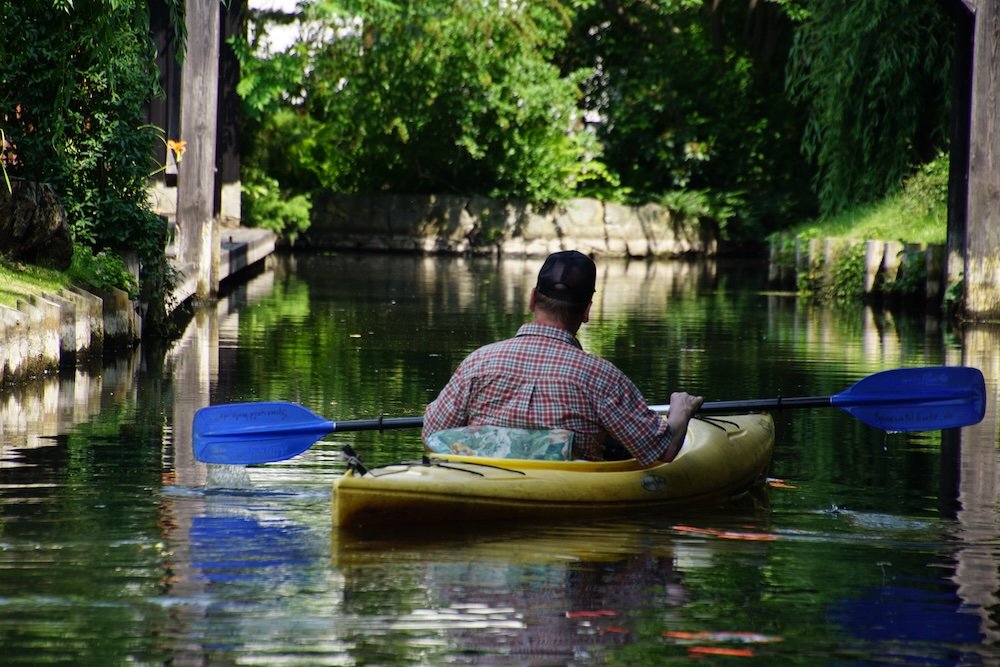
- Morning punting often sees thinner crowds.
- Many tours include a short history talk about local traditions.
- Some punters let you bring drinks or snacks onboard.
Tip: Ask if the punter speaks English—some do guided commentary that makes the ride even richer.
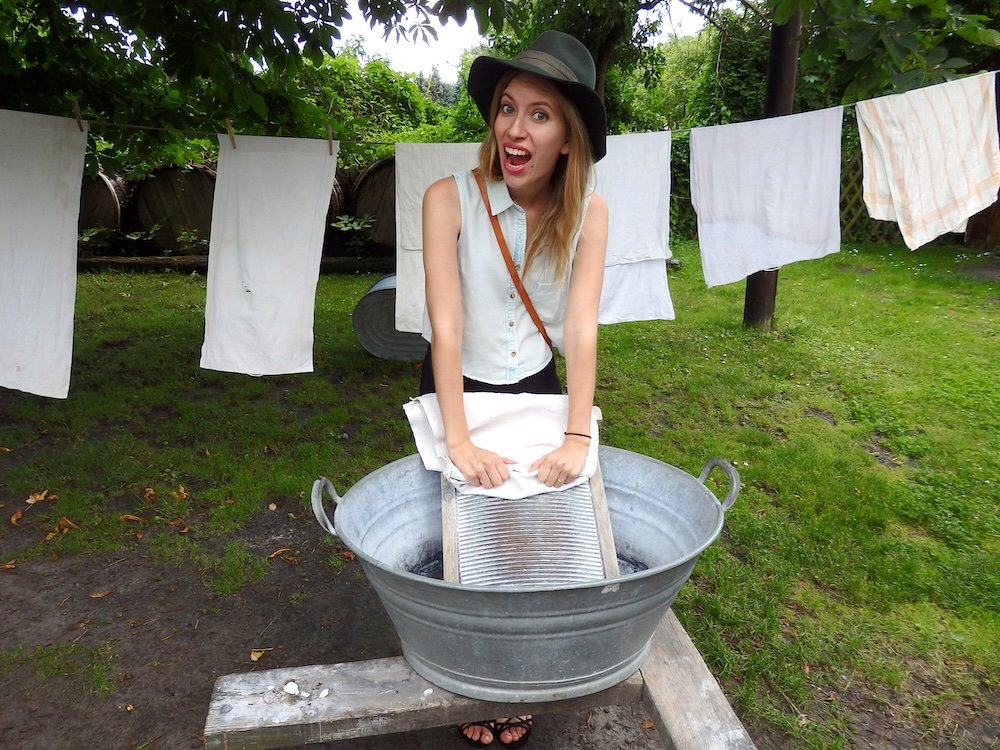
2) Freilandmuseum Lehde (Open-Air Museum)
Tucked in the small village of Lehde, this open-air museum spotlights rural life from centuries past. Timbered farmhouses, old barns, and quaint outbuildings line winding footpaths. Interiors display period furniture, tools, and crafts, immersing you in daily routines of past dwellers. Lush gardens, orchard trees, and occasional livestock reinforce the pastoral vibe. You might find costumed staff demonstrating old-fashioned cooking or weaving. It’s a living slice of history that helps you appreciate Spreewald’s enduring cultural roots.
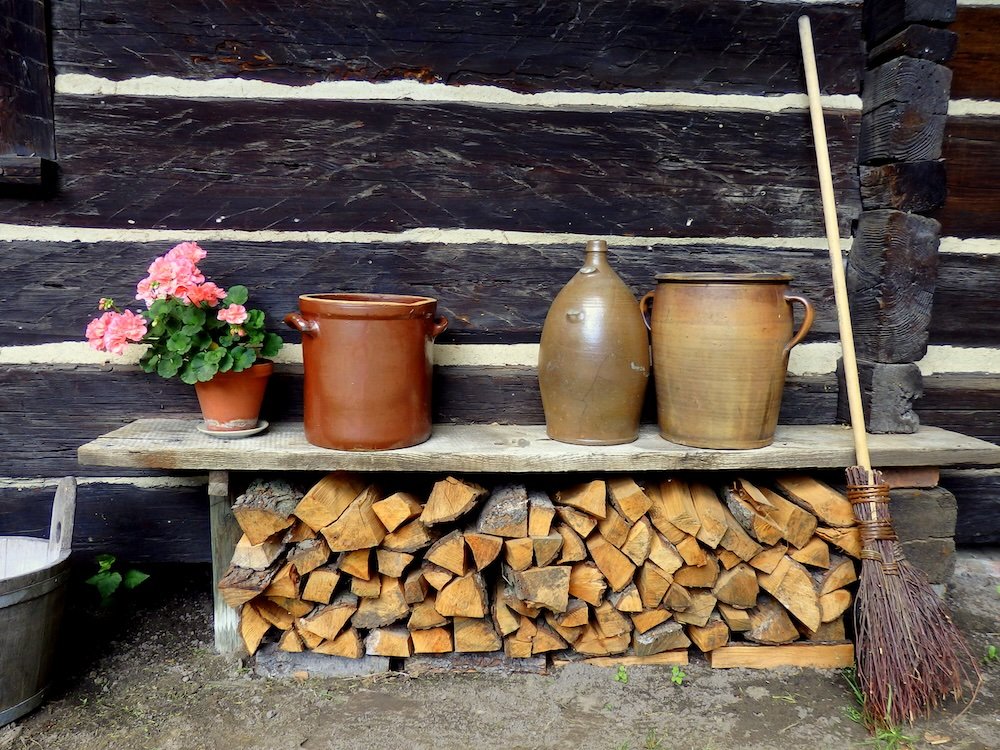
- Be prepared to walk on grassy or uneven surfaces.
- Some exhibits offer interactive segments—like traditional bread baking.
- Photography is typically allowed, but no flash inside certain houses.
Tip: Bring some small cash if local artisans sell homemade jams or handicrafts near the exit.
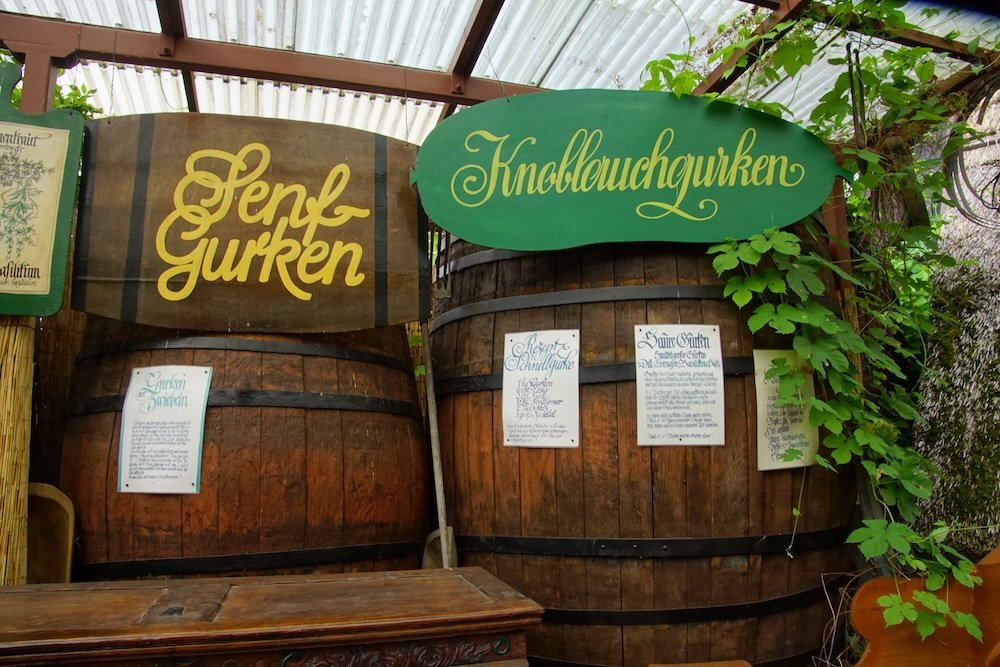
3) Gurkenmuseum (Pickle and Cucumber Museum)
Spreewald is famous for cucumbers, so a Pickle and Cucumber Museum is almost inevitable—and delightfully quirky. Displays highlight how farmland, climate, and local traditions shaped cucumber cultivation here for generations. You’ll learn about pickling techniques, from brining solutions to flavoring with herbs. Glass jars in every shape and size line shelves, reminiscent of a pickling wonderland. The museum also unpacks the economic significance of these tangy veggies—turning them into a local brand. It’s a playful, educational detour if you love regional gastronomic stories.
- Some tours include cucumber tastings—sample spicy, garlic, or sweet pickles.
- Kids often enjoy the silly cucumber mascots or interactive boards.
- Ask about seasonal events—like cucumber festivals in harvest months.
Tip: Grab a jar of your favorite pickled variety for an authentic, souvenir-worthy treat.
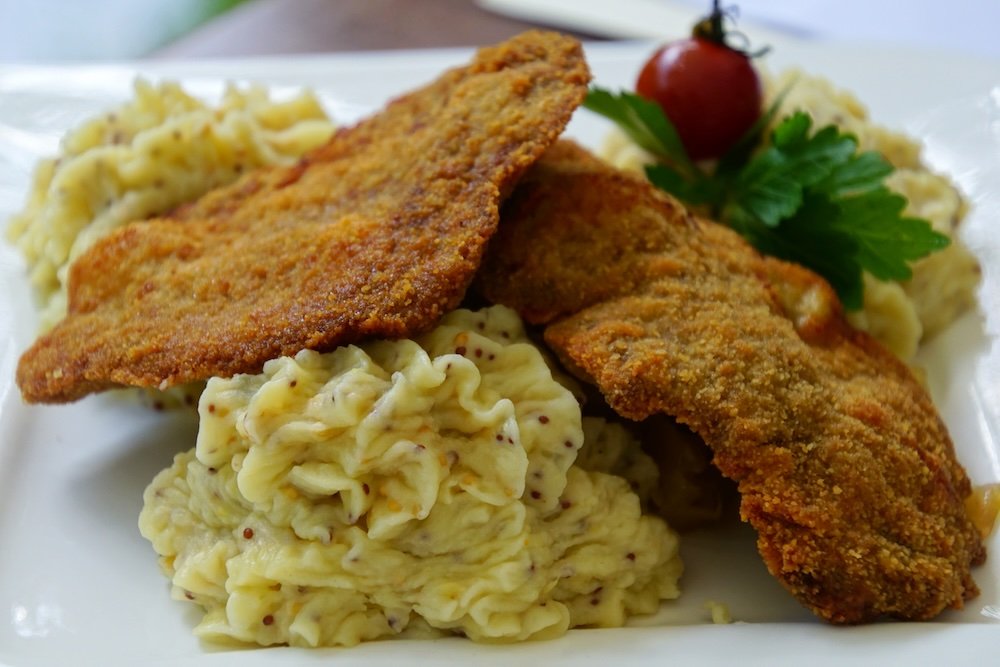
4) Schnitzel and Grilled Fish
After strolling canals, you’ll need hearty fuel, and Schnitzel or grilled fish are staples in Spreewald’s taverns. Crisp breaded pork or chicken schnitzel arrives with lemon wedges, pairing nicely with local potatoes. Meanwhile, freshwater fish—maybe pike or trout—grills up beautifully, often topped with herbs or lemon butter. Many eateries pride themselves on local produce, adding that fresh-from-the-fields zest. Coupled with a tall local beer, it’s mealtime comfort incarnate. The setting? Usually a cozy beer garden by a canal or a rustic dining room with wooden tables.
- Schnitzel portion sizes can be huge—share if you have a smaller appetite.
- Some fish restaurants highlight daily catches—ask the server for recommendations.
- Veggie sides may include local cucumbers or pickled beets.
Tip: Check if the menu offers half-portion deals—some spots cater to travelers eager to try multiple dishes.
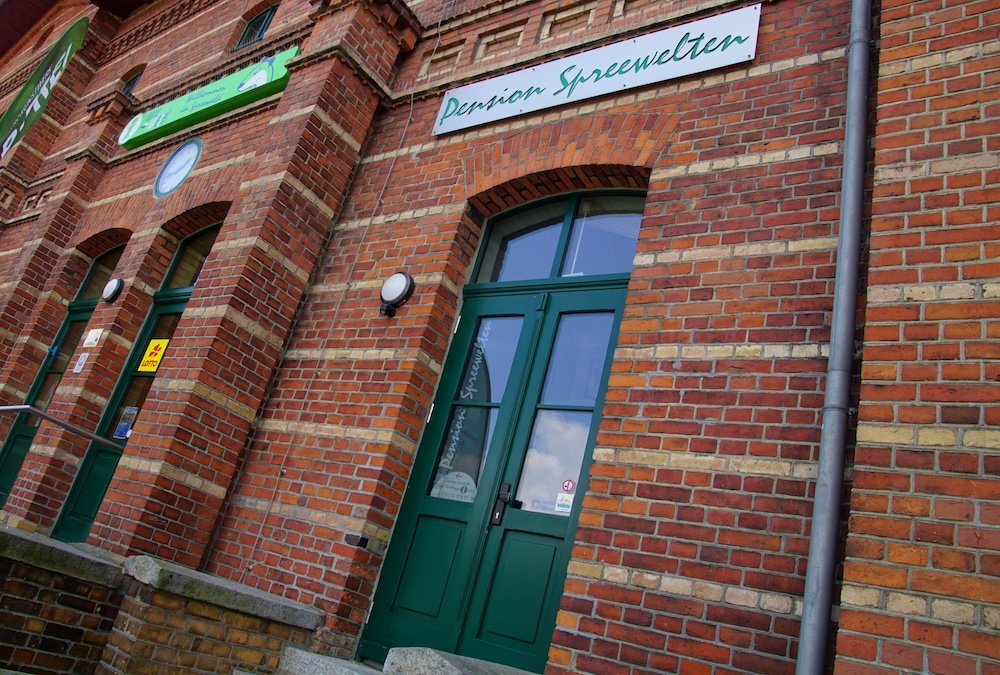
5) Repurposed Train Station in Lübbenau
Lübbenau’s train station has a twist: part of it’s been repurposed into a cultural or community space, showcasing local crafts or maybe housing a small café. Arriving by rail, you feel that old-world charm blended with modern convenience. Wooden benches, train memorabilia, and airy halls create a nostalgic vibe. Sometimes local artisans set up stands, offering crocheted goods or homemade jams. The platform still sees standard rail traffic, so you’ll see travelers and daily commuters passing through. This dual function station is a neat reflection of Spreewald’s synergy of heritage and practicality.
- If you’re early for your train, browse small souvenir corners.
- Some info boards detail local history or upcoming events.
- Sunday mornings can be quiet—many shops open late or not at all.
Tip: Snap a quick photo near the vintage locomotive or signage—makes for a unique travel memory.
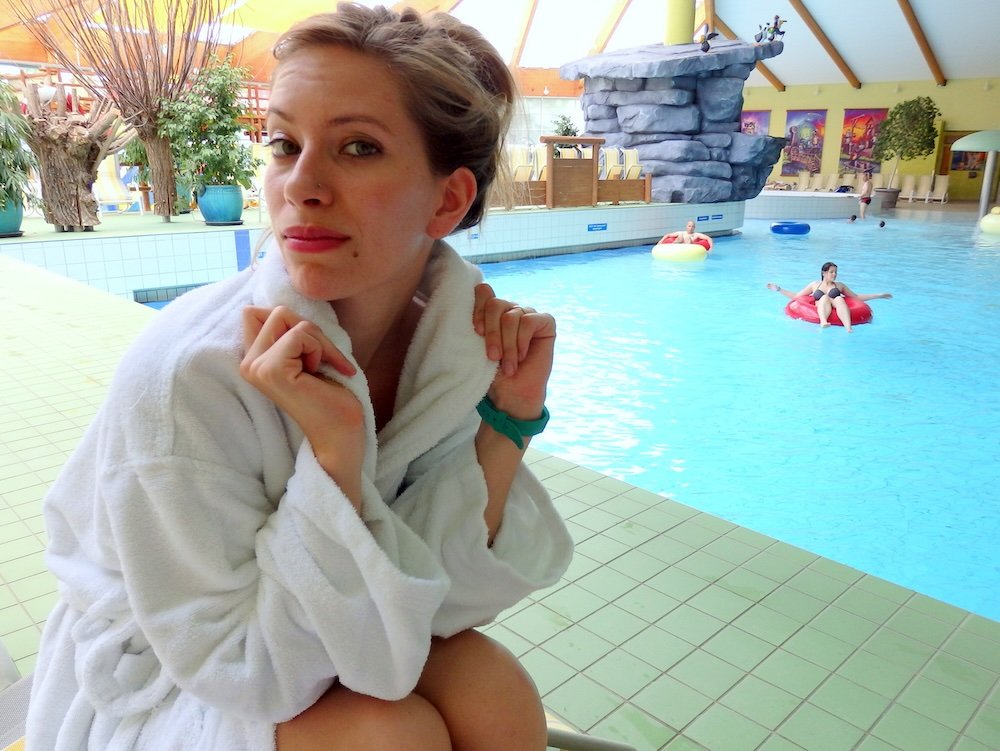
6) German Sauna at Spreewelten
Spreewelten is a leisure complex offering a distinctly German sauna experience—where locals gather to sweat and relax. Saunas might come in varied themes: a Finnish style, an herbal chamber, or even an aroma-infused steam room. Typically, German sauna culture is clothing-optional, so be ready for that if you enter certain areas. Chill-out zones, warm pools, and lounge chairs let you decompress after a day’s sightseeing. Feeling adventurous? Join an aufguss session, where staff pour scented water on hot stones to fill the sauna with aromatic steam. It’s both invigorating and soothing, a highlight if you enjoy spa rituals.
- Bring your own towel; sometimes renting is possible, but having your own is more hygienic.
- Many complexes have a restaurant or snack bar for a post-sauna treat.
- Expect co-ed spaces—this is common in Germany.
Tip: Respect local rules—silence in sauna areas is typical, so keep voices down unless folks are clearly in a social mood.
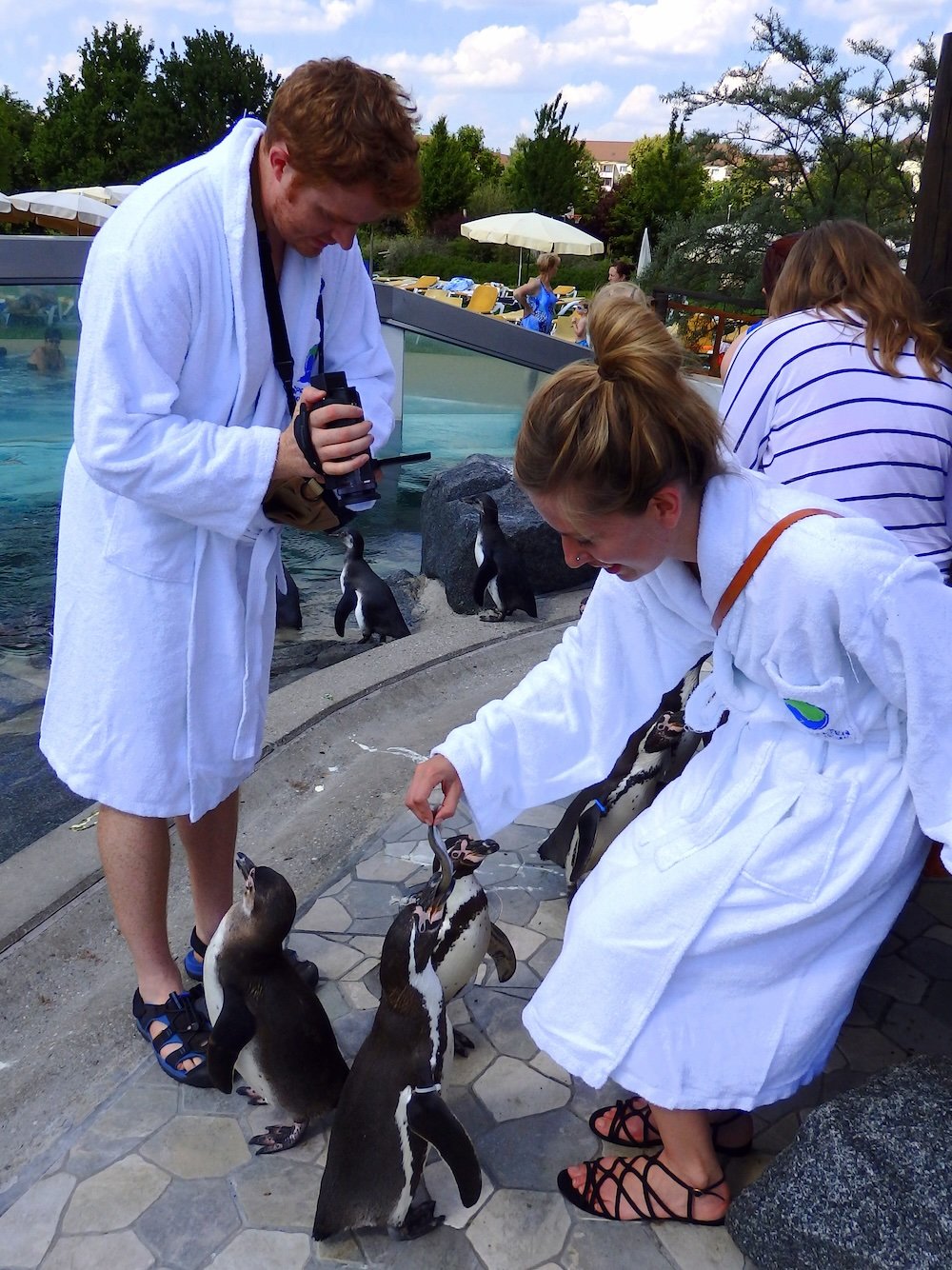
7) Visit Penguins
At certain theme pools in Spreewelten or other local attractions, you can watch penguins waddle around a habitat near the water. These black-and-white cuties often have a glass divider so swimmers or onlookers can see them glide underwater. Kids love it, but so do many adults charmed by penguin antics. Feeding times can be announced, drawing a small crowd. It’s a whimsical surprise to find such creatures in a region known for farmland. Snap a few pictures, but avoid spooking them with loud noises or tapping on the glass.
- Typically, there’s a posted feeding schedule to catch them at their liveliest.
- Some spots may sell penguin-themed souvenirs—plush toys or magnets.
- Be mindful of flash photography; it can stress the animals.
Tip: Check if special “swim with penguins” sessions exist—some venues allow limited close-up experiences with supervision.
8) Biking Through the Meadows
Spreewald is flat, scenic, and crisscrossed by quiet roads—perfect for a leisurely bike ride. Pedal past fields dotted with grazing sheep or gentle streams winding under wooden bridges. Many villages have rental shops, offering well-maintained cycles for half-day or full-day rates. The fresh air and subtle floral aromas add to the serenity. You might stop spontaneously for a photo or to explore a hidden orchard. The region’s signposted trails ensure you rarely get lost.
- Some routes circle a few villages, letting you taste each settlement’s vibe.
- If you prefer a guided group, local tours exist to share interesting tidbits.
- E-bikes are occasionally available if you want a gentler experience.
Tip: Pack a small picnic—pull over by a canal for a dreamy al fresco lunch.
9) Kayaking or Canoeing
Beyond punting, you can paddle yourself along the calm waterways in a kayak or canoe. This do-it-yourself approach grants more freedom to pause or explore side channels. The water is often placid, reflecting lush greenery overhead. You might spot fish darting near your boat or see a stork perched by the bank. Some parts are narrower, creating an enchanting tunnel-like effect with arching trees. It’s gentle exercise with a scenic payoff.
- Bring a waterproof bag for your phone or camera—accidents happen.
- Early mornings reward you with quiet channels unspoiled by day traffic.
- Check local maps for recommended circular routes, ensuring you return to start without backtracking too much.
Tip: Wear sunscreen—even on cooler days, watery reflections can intensify the sun’s rays.
10) Lace Shops or Local Craft Stores in Burg
The small town of Burg in Spreewald hosts quaint craft shops specializing in embroidered linens, crocheted lace, and other handmade crafts. You’ll find doilies, table runners, or decorative hangings bearing intricate patterns. Skilled artisans pass these techniques down generations, weaving local identity into each stitch. The air hums with nostalgia for a simpler era. Some shops double as mini-galleries, where the owners might share the story behind each piece. Strolling among them is like stepping into a whimsical craft village.
- Prices vary—small lace coasters might be very affordable, while large tablecloths cost more.
- Many accept card payments, but a bit of cash helps for smaller purchases.
- If you’re not into lace, they may also stock pickled goods or wooden toys.
Tip: Chat with the artisans if possible—they love explaining patterns or traditional motifs.
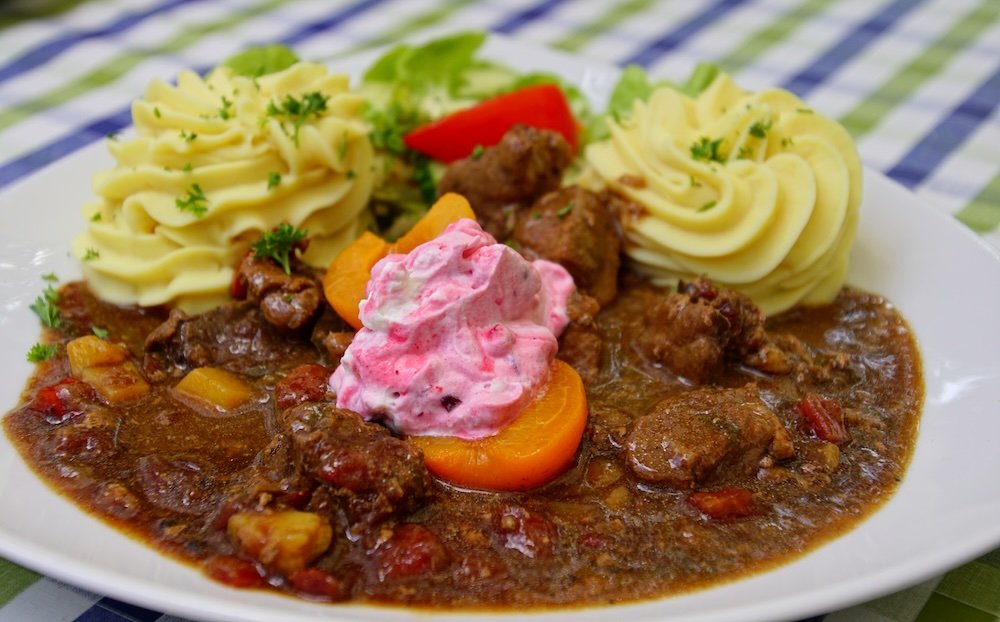
What To Eat and Drink in Spreewald, Germany
Food Culture & Local Specialties
Spreewald cuisine embraces hearty, rustic flavors shaped by farmland produce and watery surroundings. Expect fresh fish, robust meats, and, of course, cucumbers in many forms. Local restaurants proudly serve dishes steeped in tradition. With waterways all around, it’s no wonder fish fillets are grilled to perfection. Meanwhile, farmland ensures quality vegetables, especially root crops and seasonal greens. Let’s delve deeper into the local staples.
Spreewald Cucumber Varieties
Pickles and cucumbers define the region’s gastronomic identity. You’ll find them sweet, sour, spicy, or dill-infused. They appear as sides in almost every meal or within sandwiches. Locals also craft cucumber-based spreads or dips. Some stalls at markets offer free tasting—a crisp sample can coax you into buying a jar. A must-try, even if you’re usually not a pickle fan.
- Some brands are famed, carrying decades of pickling heritage.
- Large glass jars line grocery aisles, each with unique marinade twists.
- Vendors sometimes let you mix and match to form a personal cucumber variety pack.
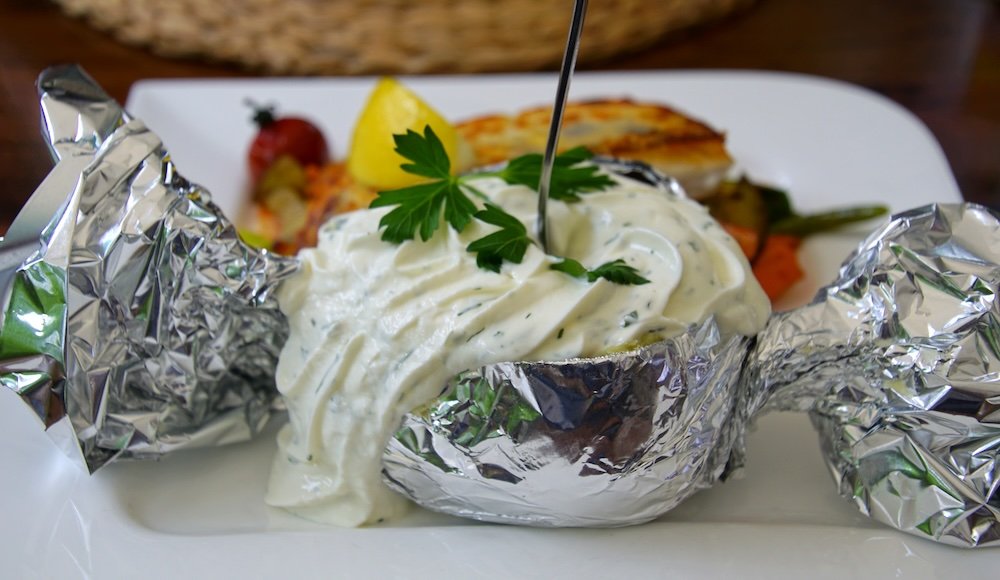
Hearty Meat & Fish Dishes
Schnitzel, as mentioned, remains a favorite. But smoked fish from local waters is also big—pike, eel, or trout might star on menus. Traditional stews use local produce, or you might find roasts accompanied by tangy sauerkraut. Another staple is sausage: Bratwurst or bockwurst, often served with crusty bread. Pair that with a cold local beer and you’re set. The region’s farmland vibe means ingredients are fresh, plus portions can be sizable.
- Many taverns flaunt daily specials based on seasonal fish catches.
- If you see “Spreewälder Fischpfanne,” that’s a fish medley—worth sampling.
- Vegetarian? Some places do vegetable pot roasts or hearty soups free of meat.
Bread & Baked Goods
Germany is known for bread variety, and Spreewald is no exception. Expect dense rye loaves, seeded rolls, or poppyseed pastries. Bakeries also do sweet cakes—apple strudel or fruit tarts—especially on weekends. Local jam, often berry-based, complements a morning slice of bread. Indulge your sweet tooth or keep it simple. Either way, the aroma of fresh bread or pastry drifts from small shops in every village center.
- Try “Schmalzstulle”: bread with lard spread, sometimes topped with onions.
- Many breakfast buffets lay out a bread basket plus jam, honey, and local cheese.
- Late afternoon coffee and cake is a German tradition—join in for a snack break.
Beverages: Beer, Wine, & Herbal Schnapps
German beer in Spreewald remains a staple—pilsners, wheat beers, and craft variations. Some towns brew small-batch brews, highlighting local spring water or special hops. Wine is less prominent than in southern Germany, but you may find a modest selection from broader German vineyards. Distilled spirits, particularly herbal schnapps or fruit brandies, also appear on menus. Post-meal, a shot might seal the experience. If you prefer non-alcoholic, fresh juices or herbal teas abound.
- Sample local brand beers, often found in smaller taverns.
- Herbal schnapps might contain spices grown in the region.
- If ordering cocktails, you’ll see standard international offerings but fewer local twists.
Dining Etiquette
Spreewald’s vibe is relaxed, but a few pointers help. Greet staff with a friendly “Guten Tag” or “Hallo.” Tipping usually rounds up to the nearest euro or adds 5–10%. Asking for tap water might puzzle some restaurants—sparkling or still bottled water is more common. Indulge in a leisurely pace; staff rarely rush you out. That laid-back approach matches the slower pace of life among these canals.
- Note: Some rural spots close earlier or on specific weekdays.
- Reserving a table on busy weekends is wise—especially in prime locations.
- English menus might be limited, so a translation app can be handy.
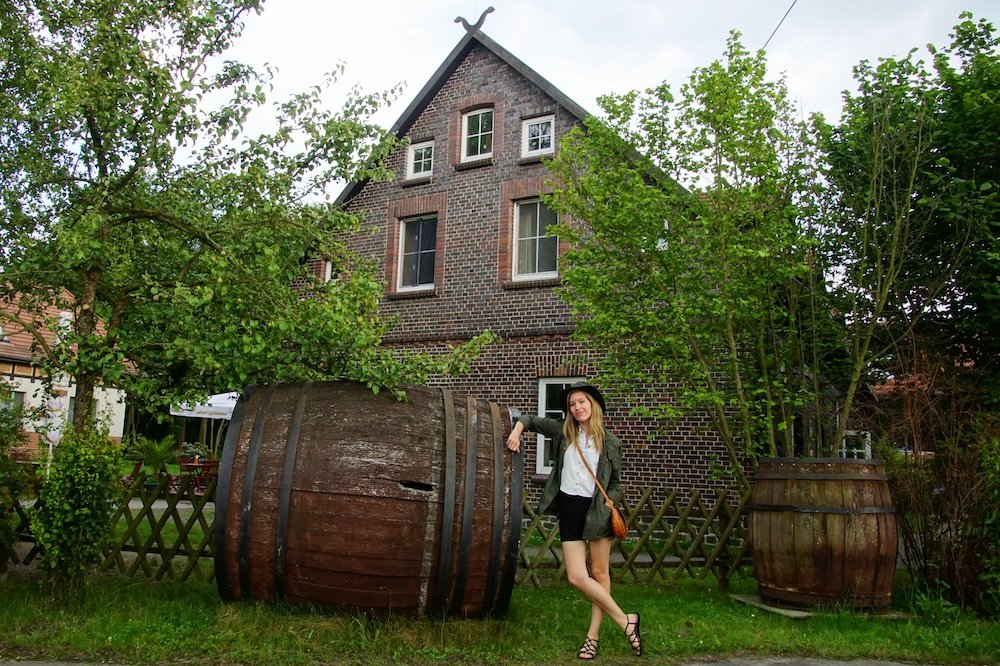
Tours For Visitors To Spreewald, Germany
Why Take a Tour?
Spreewald might be best explored freely, but tours save time and reveal deeper insights you’d miss alone. They handle logistics, language barriers, and highlight lesser-known corners. If you’re short on days or just want a relaxed approach, consider these curated experiences.
1) Guided Punting Tours
While you can hire a boatman spontaneously, a guided punting tour with an official operator ensures a structured route plus commentary. Guides explain canal history, local folklore, or the significance of seemingly random huts on the banks. Some tours stop at villages for pickle-tasting or museum visits. Others might offer a full-day itinerary with lunch breaks. Great for first-timers wanting a thorough immersion.
- Book in peak season to guarantee your spot.
- Tour lengths vary: from 1-hour short loops to all-day explorations.
- English-speaking punters might cost a little more, but the info is worth it.
Tip: Ask about specialized themes—like birdwatching or local legends.
2) Bicycle Excursions
If you prefer active exploration, bicycle tours let you see farmland, villages, and hidden waterways. Guides pick scenic routes, so you’re not lost deciphering signs in German. They’ll also share local tidbits: which farm sells the sweetest jam or where to find an old blacksmith’s workshop. Some tours tie in a short punting ride, giving you the best of both worlds. Perfect if you want fresh air and a taste of local culture.
- Most tours provide a comfortable bike—no need to bring your own.
- Helmets might be available but check in advance.
- Ask if the package includes a snack stop or water.
Tip: Pace yourself—some tours are leisurely, while others can clock decent mileage.
3) Cucumber-Theme Tours
It might sound funny, but local operators run cucumber-themed tours focusing on pickling processes, farm visits, and museum stops. You’ll sample at least 4–5 cucumber varieties, some you never knew existed. Guides talk about the farmland tradition, the brine ingredients, and how families pass down recipes. It’s a niche but fun approach to discovering Spreewald’s star produce. Don’t be surprised if you leave with arms full of brined goodies.
- Check seasonal availability—some pickling tours coincide with harvest times.
- Great for families or foodies wanting a quirky spin on rural life.
- The tours might end at local farm stands selling jarred pickles at a discount.
Tip: Watch the salt intake—multiple tastings can be salty. Keep hydrated.
4) Cultural Heritage & Folklore Tours
For those drawn to traditions, heritage tours highlight local Sorbian or Wendish culture (minority communities in the region). You’ll see folks wearing colorful costumes, maybe witness folk dances, or hear unique dialects. Some guides invite you to a local home or barn for a small performance. If you love intangible culture beyond museums, this is gold. Usually, these tours are smaller groups, offering an intimate glimpse.
- Photos might be permitted—ask before snapping close-ups of performers.
- Some tours include trying on traditional garments.
- Language: partial English commentary is typically arranged.
Tip: Be open to joining dances or singing—these tours often encourage interactive fun.
5) Combined Day Tours
If you want the ultimate convenience, sign up for a combined day tour that merges punting, museum visits, and possibly a short forest walk. It’s like a sampler platter of everything Spreewald. You start early, see multiple highlights, enjoy a local lunch, and finish by late afternoon. Good if you only have 1–2 days total. The synergy of boat rides, local snacks, and a guided museum hop ensures no time wasted.
- Some tours pick you up from the nearest train station or your accommodation.
- Lunch might be included or optional—check the itinerary details.
- Group sizes vary—if you want personal Q&A, opt for smaller groups or private tours.
Tip: Verify pick-up and drop-off points so you’re not scrambling with luggage or last-minute travel.
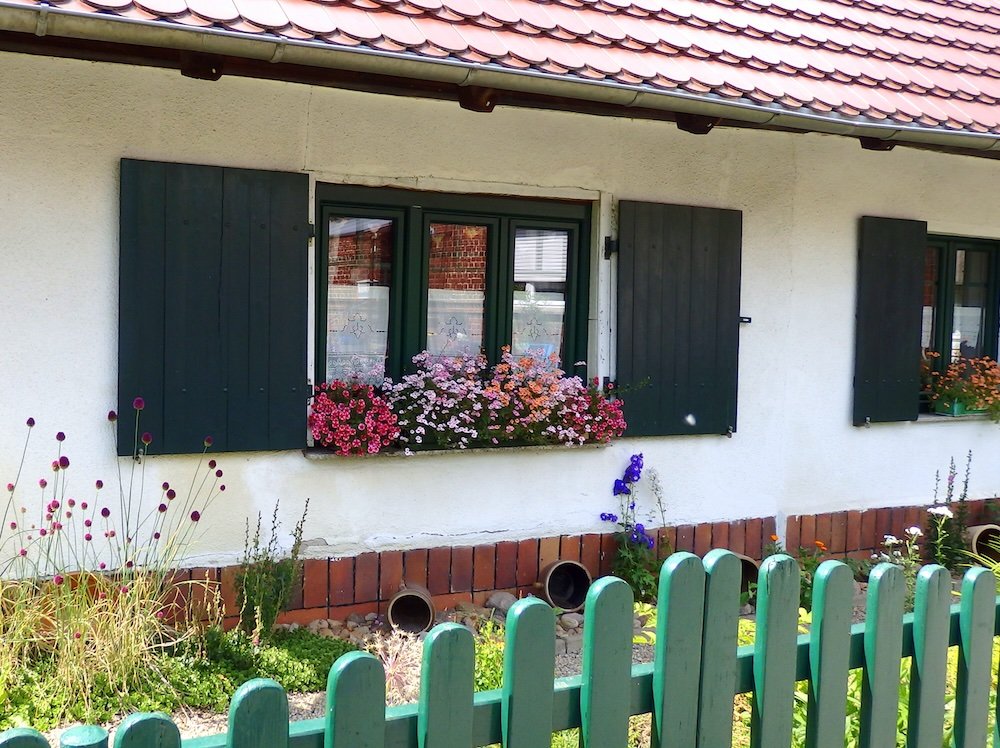
Spreewald Accommodations Guide: Hotels, Guesthouses and Hostels
Neighborhoods & Village Choices
In Spreewald, lodging often resides in small towns or scenic pockets along the canals. It’s not about big chain hotels but more about quaint guesthouses, country inns, or family-run places. Each location offers distinct pros: maybe you’ll sleep near a boat dock or next to a cucumber field. Let’s break down some typical bases:
Lübbenau
Lübbenau is a hub for punting tours, so many travelers stay near the harbor area. You’ll find cozy B&Bs, mid-range hotels, and a few boutique stays. The advantage? Quick morning access to boat rides before day-tripping crowds arrive. Evenings can feel calm once most visitors leave. If you want convenience plus a gentle vibe, Lübbenau is a prime pick.
- Some places may be converted from older farmhouses—lovely rustic touches.
- Check proximity to the train station if you rely on public transport.
- Many spots have on-site bike rentals—bonus if you want spontaneous rides.
Tip: Reserve early in summer—rooms near the canals can fill fast, especially on weekends.
Burg
Burg stands as a more spread-out village with meadows and waterways. Accommodations here might be farm stays or small-scale resorts. If you yearn for a quiet environment away from busier docks, consider Burg. It’s also known for its spa centers—some hotels have wellness facilities. Ideal for families or couples seeking a peaceful retreat. The trade-off is you might drive or bike further for punting.
- Check if your lodging includes breakfast—it can be a highlight with local bread and jam.
- Some inns have gardens, letting you lounge in the sun or watch swans drift by.
- Burg’s outskirts can be extremely serene—bring insect repellent if near watery fields.
Tip: Ask hosts if they offer boat shuttle services or can arrange a punter pickup from your doorstep.
Lübben
Lübben (distinct from Lübbenau) is another small town. It’s smaller but still has direct canal access. If you prefer a less touristy vibe, Lübben might fit. A handful of family-run pensions or B&Bs cluster around the center. There’s a castle park and scenic corners to discover. Great if you want a quiet base but not be far from main routes to explore.
- Some lodging is very budget-friendly here.
- Biking between Lübben and Lübbenau is feasible if you want cross-village exploration.
- Fewer restaurants might mean you rely on your hotel’s dining or cook yourself if possible.
Tip: Stock up on groceries or snacks if you plan to stay in remote corners—options can be limited after 6 p.m.
Types of Stays
- Traditional Guesthouses: Usually run by locals, offering warm service and home-cooked breakfasts.
- Mid-Range Hotels: They provide modern amenities, sometimes with spa or pool areas.
- Apartments or Vacation Rentals: Perfect if you want kitchen access, especially useful for families.
- Budget Hostels: Rare but exist in bigger towns; good for backpackers, though you lose some local charm.
Amenities & Considerations
- Wi-Fi: Usually provided, but speeds can vary, especially in rural corners.
- Parking: If you rent a car, check if free parking is included.
- Breakfast: Many places do a hearty German breakfast with breads, jams, cold cuts, and cheese.
- Pet-Friendly: Some properties allow dogs—confirm policies to avoid surprises.
- Language: English support might be limited outside major tourist hotels, so a bit of German helps or use translation apps.
Tip: Look for local homestays if you crave personal stories—many hosts love sharing Spreewald tips you won’t find in guidebooks.
Booking Strategies
- High season (late spring to early autumn) sees bigger crowds—book a month or two ahead.
- Off-season deals can be sweet if you don’t mind cooler weather or fewer activities.
- Weekend getaways are popular for Berliners, so rates can jump—if flexible, choose midweek for quieter, cheaper lodging.
- Some local tourism sites list B&Bs not found on global booking platforms.
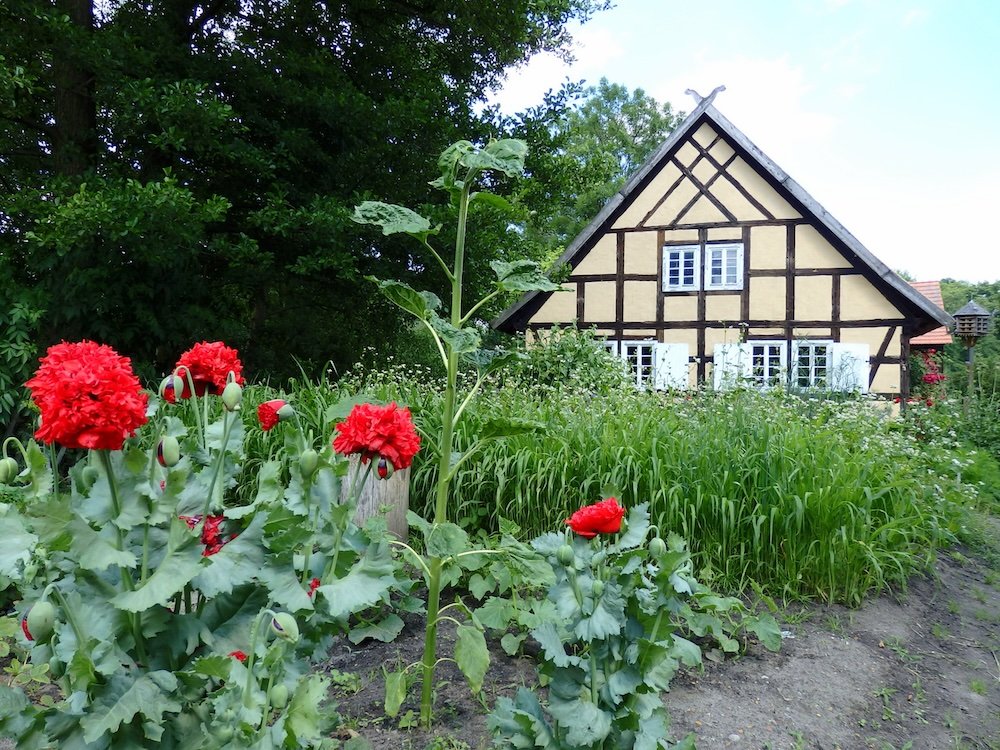
Day Trips From Spreewald, Germany
Why Explore Beyond Spreewald?
Spreewald is enchanting, but the broader region around it also brims with things to do. From day trips to nearby towns or nature parks, you’ll find fresh vistas, cultural riches, and even the hustle of Berlin within reach. Let’s highlight some great day-trip targets to expand your itinerary.
1) Berlin Excursion
Just an hour or so away by train, Berlin is Germany’s pulsing capital. If you’re anchored in Spreewald for the calm, a Berlin day trip introduces big-city energy. Museums, street art, and historical sites abound—think Brandenburg Gate, Reichstag, or East Side Gallery. You can sample global cuisine or snag deals in alternative flea markets. Returning to Spreewald in the evening feels like stepping from an urban swirl into a countryside lull. It’s a perfect contrast if you crave both city bustle and canal serenity.
- Check regional train timetables—some direct routes connect Lübbenau or Lübben.
- Aim to plan key Berlin attractions so you don’t get lost in the city’s sprawl.
- City day passes or Berlin WelcomeCards might help if you want to race through attractions.
Tip: Start early—one day in Berlin is short, but you can see highlights if you’re efficient.
2) Tropical Islands Resort
Close to Spreewald lies Tropical Islands, a massive indoor waterpark housed in a former airship hangar. Palms, lagoons, slides, and even artificial beaches replicate a tropical vibe year-round. Families love it for the wave pools and lazy rivers. If you need a break from cooler climates or want something playful, it’s ideal. They also offer themed zones like a rainforest walkway with real plants. A surreal experience if you love aquatic fun.
- Book online tickets to avoid lines, especially on weekends.
- Some visitors stay overnight in the on-site lodges or tents.
- Dining options inside can be pricey but varied—be prepared if you want a full day.
Tip: Bring flip-flops or water shoes—the floor can be slippery, and distances are big in that huge dome.
3) Cottbus City Tour
Cottbus, a modest city east of Spreewald, holds a distinct Sorbian cultural heritage. Its Old Town squares, pastel facades, and small cafés exude a friendly charm. Stroll the pedestrian zone, check out the Staatstheater (State Theater) for occasional performances, or wander through Branitz Park with its remarkable pyramid-shaped tombs. If you like quiet city breaks minus big crowds, Cottbus is a gem. It’s easy to reach by regional train or bus. A half-day suffices to see main highlights, leaving you time to dine in a local restaurant.
- Some shops close early on Saturdays, so plan around that.
- The park (Branitz) is especially lovely in spring or summer.
- Sorbian presence might appear in bilingual signage or local craft shops.
Tip: Pause at a local bakery for a Schusterjunge (a typical roll) or a sweet pastry to keep you fueled.
4) Senftenberg Lake
For watersports or relaxed lakeside vibes, Senftenberg Lake sits a short drive away. The lake’s perimeter fosters sandy beach spots, boat rentals, or gentle hiking trails. Warm weather draws swimmers, sunbathers, and families with picnics. If you prefer action, rent a kayak or windsurf. Some corners host small beach bars serving cold drinks or grilled bratwurst. The lake’s calm surface under a bright sky is a refreshing alternative to canal-based Spreewald days.
- Arrive early for prime beach space on sunny weekends.
- Some lakeside paths are bike-friendly—so bring or rent a cycle.
- If you’re a fisher, check local permits—fishing is possible but regulated.
Tip: Check if summer festivals happen—music or boat events sometimes pop up near the shoreline.
5) Dresden Day Trip
If you don’t mind a slightly longer train ride (around 2 hours), Dresden awaits with baroque splendor on the Elbe River. The rebuilt Frauenkirche, Zwinger Palace, and Semper Opera House highlight a rich cultural heritage. Museums abound, showcasing everything from Old Master paintings to royal treasures. Stroll the Altstadt for centuries-old architecture, or cross to Neustadt for a cooler, artsy district. Though it’s outside immediate Spreewald environs, Dresden pairs well for those wanting a day of grand city architecture.
- Check that your train route is direct or if you need a quick transfer.
- Dresden’s old town is walkable, but wearing comfy shoes helps.
- Local Saxon cuisine includes rich dishes—perfect for lunch in a historical vaulted restaurant.
Tip: Savor a slice of Eierschecke (regional cake) with coffee for a midday sweet break.
Day Trip Logistics
- Transport: Regional trains or buses connect major towns. A car rental can give flexibility.
- Timing: Start early to maximize daytime in your chosen destination.
- Costs: Day trips vary—some are cheap train rides, others might require entry fees.
- Season: Check weather if going to lakes or relying on outdoor activities.
- Language: Some day-trip spots have less English signage; bring a phrasebook or translation app.
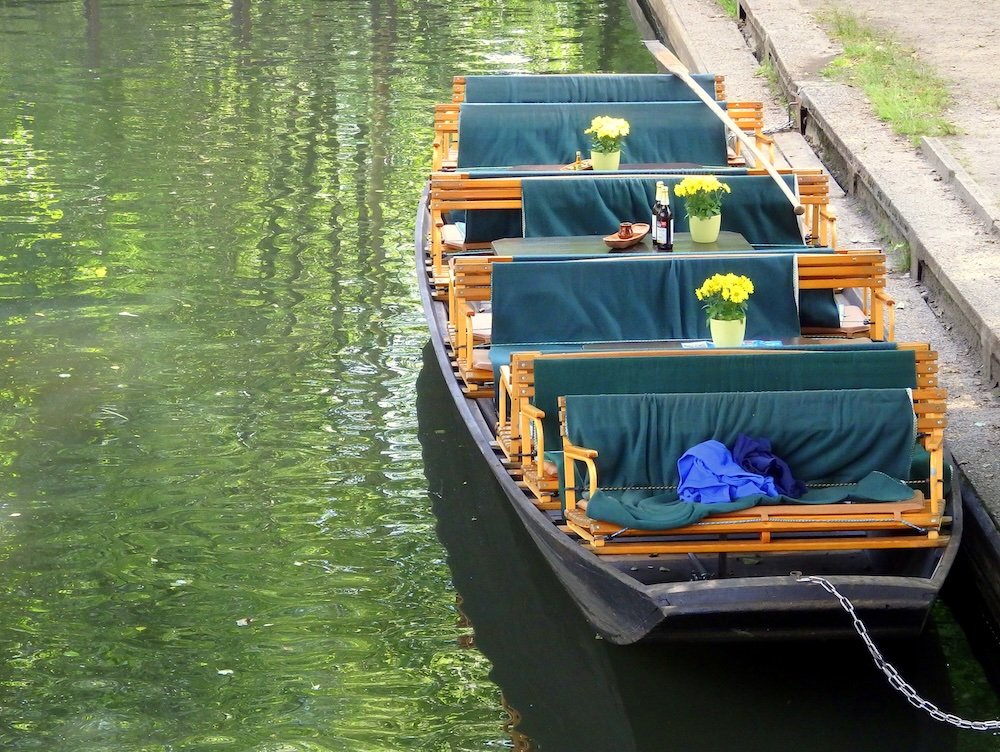
Spreewald Transportation Guide
Overview: Getting Around the Water Land
The things to do in Spreewald revolve around canals and countryside, so transportation extends beyond typical roads. Let’s break it down to help you move with minimal stress.
1) Trains & Stations
If you arrive from Berlin or other major German cities, trains likely deposit you at Lübbenau or Lübben stations. These stations act as primary gateways for day visitors. Schedules are fairly consistent, but check the DB (Deutsche Bahn) app or website for real-time updates. Peak times (holidays, weekends) can see more passengers. From the station, you might walk to your hotel or catch a short taxi ride if you have heavy luggage.
- Regional trains typically run hourly or bi-hourly.
- Validate your ticket or show your e-ticket if asked by conductors.
- Off-peak or saver fares exist—plan if you’re on a tight budget.
2) Car Travel & Parking
Renting a car offers freedom to roam between villages or day-trip destinations. Roads in Spreewald are well-maintained, if sometimes narrow. Keep an eye out for slow tractors or cyclists. Parking near canal harbors can fill up, especially in Lübbenau or Burg during summer. Some accommodations provide private lots. If you plan a punting day, be sure to secure a full-day parking spot, so you’re not rushing back mid-ride.
- A GPS or phone navigation helps—signage in smaller roads might be minimal.
- Gas stations aren’t everywhere—top up if you see one before heading to remote spots.
- Watch your speed in rural areas—local police sometimes monitor.
3) Cycling & Bike Rentals
Biking is huge in Spreewald due to flat terrain and scenic routes. Many guesthouses offer rentals, or you’ll see bike shops near train stations. The network of cycle paths weaves through farmland, forests, and quiet roads, often well-marked. It’s an eco-friendly way to explore canal edges or village clusters. Distances can be short between major spots, so a half-day ride might cover multiple highlights. Helmets might not be mandatory in Germany, but recommended for safety.
- Bring a small daypack with water and maybe a rain jacket if weather changes.
- Checking a route map beforehand avoids accidental extended detours.
- Some paths lead to punting docks, letting you combine ride + boat trips.
4) Punting & Water Taxis
In Spreewald, punting is not just for fun—it’s how many locals historically got around. You can hail small boat rides or “water taxis” if you’re traveling between canal-based accommodations. Timetables might be informal, so ask your lodging if they can arrange a pick-up. This transport is slow but scenic—no quick dashes here. It’s an experience that merges daily life with tourism, letting you drift instead of drive.
- Some boatmen require a phone booking or a prior request.
- If you stay in a remote cottage by the canal, check how groceries or supplies are delivered.
- Keep in mind you’ll rely on daylight—night-time punting is limited or special event-based.
5) Local Buses & Taxis
A modest bus network links bigger towns (Lübben, Lübbenau, Burg), but frequencies can be low. Taxis exist, albeit fewer than in big cities. If you need a ride from a remote village, pre-arranging is wise. Some drivers may not speak fluent English, so have your destination address or a map. Taxis can be pricy for longer trips—biking or renting a car is often cheaper if you plan multiple stops.
- Bus schedules posted at stops or online—carry a small timetable if you rely on them.
- Summer might see some tourist shuttle lines for day-trippers.
- Contactless or credit card payment might not always be possible—bring cash.
Key Points
- Train: Great for reaching major towns from Berlin or Dresden.
- Car: Maximum independence, especially for day trips.
- Bike: Eco-friendly, scenic, perfect for short distances.
- Boat: Traditional, slow, and immersive.
- Bus/Taxi: Secondary options, more limited but workable.
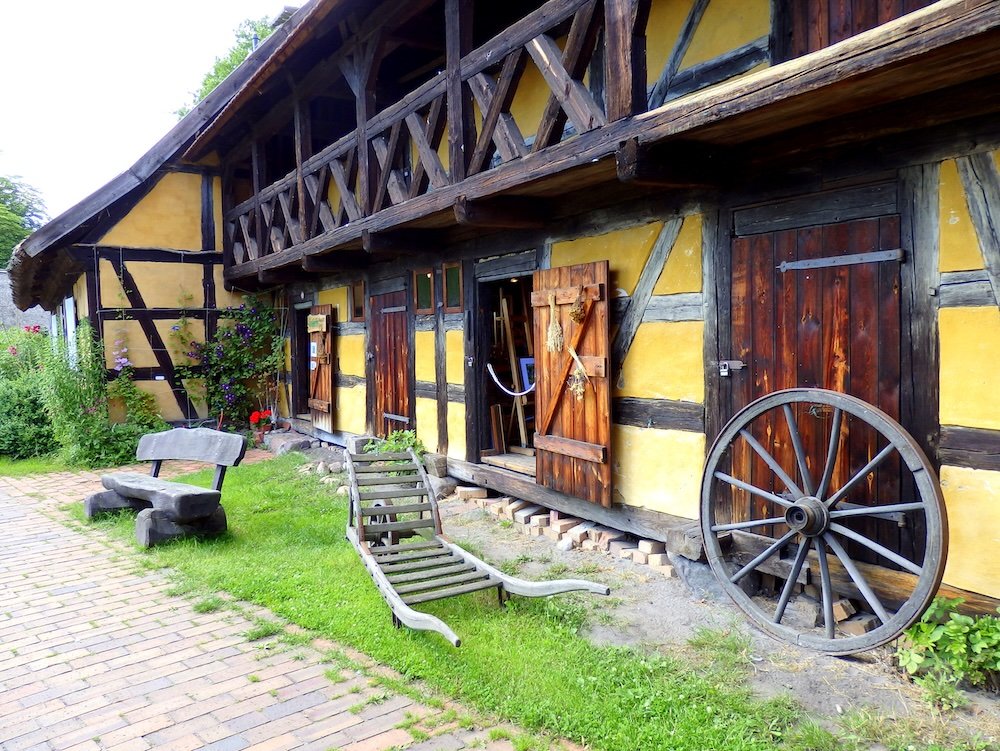
Spreewald Travel Guide: Final Thoughts
Spreewald merges idyllic waterways, farmland charm, and a dash of quirky cucumber fame. Over these chapters, we’ve uncovered things to do from gentle punting to museum visits, from hearty schnitzel lunches to active cycling tours. There’s something distinctly calming about a place where boat rides replace busy roads, and local culture thrives on pickling traditions. Whether you come for a slow weekend or linger a full week, each day offers new corners to discover—maybe a quiet canal at dawn or a lively festival celebrating the year’s fresh produce.
Balancing Pace
Part of Spreewald’s draw is its slow pace. City dwellers might initially fidget, searching for hustle, but soon find themselves soothed by the hush of water lapping boat edges. You can fill your day with punting, museum stops, maybe a homemade meal with local cucumbers. Then again, you can do nothing at all—just watch the clouds drift overhead. That freedom to choose your own tempo defines the region’s magic.
Engaging with Locals
The warmth of local boatmen, craftspeople, and innkeepers adds depth to each interaction. They take pride in explaining pickling processes, sharing legends about fairies or water sprites, or recommending hidden trails. Basic German phrases like “Danke” (thank you) and “Bitte” (please) can open doors, although many are used to guiding international tourists. If you’re lucky, you might glean personal tales from older generations who grew up traversing canals daily. This rapport fosters a sense of belonging, even if you only stay a few days.
Planning vs. Serendipity
As for scheduling, it’s wise to pre-book key experiences—like punting tours or that special spa day—especially in peak season. But leave wiggle room for spontaneous joys: stumbling upon a local fair, spontaneously renting a bike on a sunny morning, or lingering over a cucumber tasting that turns into a mini feast. Too rigid an itinerary might overshadow the region’s greatest charm: easygoing exploration where each canal bend might lead to a hidden gem.
So take these tips as a launching pad. Explore the major canal routes, taste iconic pickles, and chat with friendly townsfolk. Safe travels and enjoy the float!
